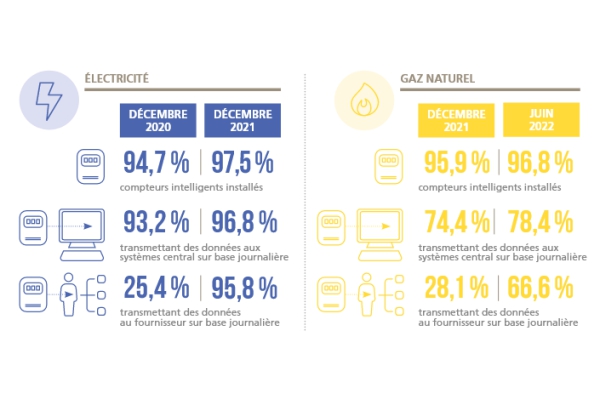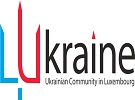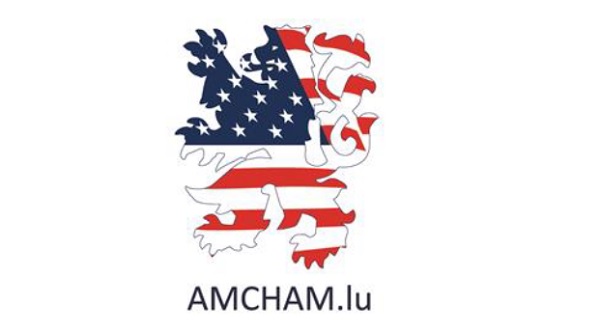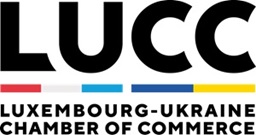 Credit: ILR
Credit: ILR
On Tuesday 21 June 2022, the Energy department of the Luxembourg Institute of Regulation (Institut Luxembourgeois de Régulation - ILR) published its annual report on European and cross-border cooperation in the electricity and natural gas sectors, on the development of competition on the wholesale and retail, security of supply and consumer protection and empowerment for the year 2021.
This report is initially intended for the European Commission, the Agency for the Cooperation of Energy Regulators (ACER) and Luxembourg's Minister for Energy and Regional Planning, but also contains interesting information for consumers.
The ILR notes in this report that the production of electricity from renewable energy sources shows a slight increase to 993 GWh, against 979 GWh in 2020, even if production from wind turbines fell by 10% due to less favourable wind conditions and decommissioning of old wind turbines soon to be replaced by new installations on the same sites. Renewable electricity production covers 15.2% of national consumption. 3.3% of consumption is covered by non-renewable production in Luxembourg, the rest is mainly imported from Germany.
In terms of electricity production capacity in Luxembourg, this increased from 522 MW to 592 MW, with the share of renewables increasing from 421 MW to 496 MW. Photovoltaic capacity grew as well, with a record increase of 90 MW in 2021.
The choice for self-consumption is progressing rapidly
Self-consumption makes it possible to consume renewable electricity when it is available and thus avoid the costs of supply from the network. This becomes particularly advantageous with the current context of rising electricity supply prices. Residents thus becomes less dependent on the supply by the network and on the vagaries of market prices. 14.7% of new photovoltaic installations commissioned in 2021 are used for self-consumption instead of full feed-in to electricity grid. For commissioning in the first half of 2022, the figure increases to 33%.
Sharing electricity production
The ILR informs that residents can since 2021 share their own renewable electricity production with other consumers in the same building or even in the same neighbourhood, as part of collective self-consumption or renewable energy communities. In this context, the ILR has defined the standardised sharing rules that will be applied by the network operator to distribute the electricity production among the members of the sharing group. In addition, the ILR has approved standard agreements that members of the sharing group will have to enter into with their network operator.
Less consumer choice
The ILR also notes an upward trend in natural gas prices on the retail market since autumn 2021, which results in an additional cost of 34% over the year 2021 for an average household compared to 2020. The ILR expects the increases will continue in 2022 and 2023, also for electricity.
The choice of electricity and natural gas offers and products has been reduced for the consumer in 2021, not only because a supplier has ceased its activity but also because suppliers no longer market contracts with a price fixed on a fixed term, because they cannot be offered at attractive prices in the current context.
Quarter-hourly metering data now viewable and downloadable
The ILR points out that smart electricity meters are installed in almost all households and residents can now consult and/or download their quarter-hourly metering data on the customer portals of the websites of electricity suppliers and network operators. Access to this data and making it available to service providers is necessary to enable the development of services promoting the energy transition
The full report is available online via: https://web.ilr.lu/FR/Particuliers/Electricite/Publications/Rapports-et-etudes.








